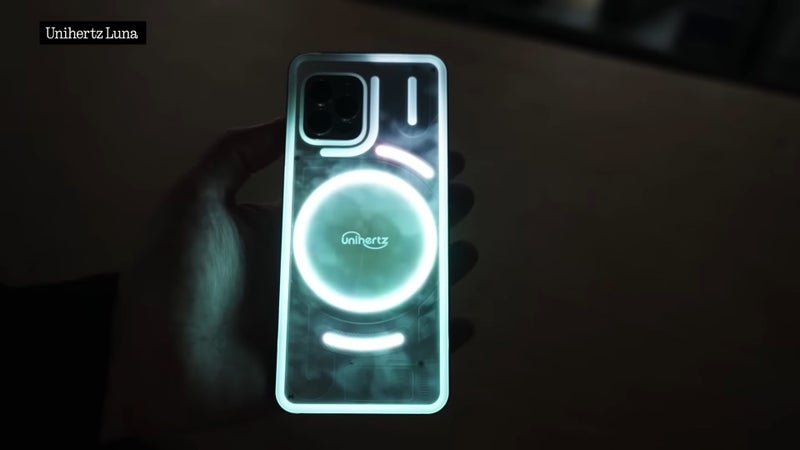Nothing's Design team takes a look at copycat products and reminisce on old transparent tech

Transparency has become a popular design choice in the realm of electronics. Manufacturers are highlighting the advantages of providing a glimpse into the inner workings of their devices, ranging from smartphones to speakers. However, one might question whether this transparency is just a marketing ploy or if it actually holds any significant worth.
In a recent video, the Nothing Design team sat down to take a look at various products that have taken a stab at transparent tech — be it newer tech that appears to have taken inspiration from Nothing's own designs, or old tech that in turn inspired them. Analyzing each product, the team discussed the advantages and disadvantages of transparent design.

First, the team took a look at products that may or may not have taken inspiration from the Nothing Phone (1), such as the Unihertz Luna, the Beats Studio Buds+, and the JBL Tune Flex Ghost Edition Buds.
Unihertz Luna, Beats Studio Buds+, and JBL Tune Flex Ghost Edition Buds | Credit: Nothing
On the Luna, the entire team universally expressed strong criticism towards the design of the product, describing it as thick and clunky. They also mentioned that the light diffusion is not up to par and the internal layout appears messy. Additionally, they mention that the glyphs on the Nothing Phone (1) were designed to be as less distracting as possible, serving only as a way to let its users know about important notifications — or to have a purpose such as a ringtone or music pattern, none of which are present on the Unihertz Luna.
The design of the Beats Studio Buds+ received some criticism for being unoriginal and lacking inspiration, not to mention a lack of transparency as it appears more of a frosted or "milky" exterior. According to Nothing's team, it appears to be a replica of the Nothing Ear buds. Nevertheless, credit is given to the JBL Tune Flex Ghost Edition Buds for the impressive light diffusion and the sleek appearance of the device.
But Nothing didn't just take a look at products that could be considered copycats. They also revisited some classics that served as inspiration when designing the Nothing line of devices, and the ones highlighted happened to be none other than the Radio Shack Clear Landline Phone, the iMac G3, and the Nintendo Game Boy Color.
Radio Shack Clear Landline Phone, iMac G3, and Nintendo Game Boy Color | Credit: Nothing
The team marveled at the old school transparent landline phone, calling it inspirational and well executed during its time. It was also amazing to see how that classic phone designed eventually became what we now know as a smartphone, a mini-computer in your pocket.
But none was more nostalgic than the Game Boy Color, as it brought the team back to their childhood days when their parents commanded them go to sleep and stop gaming. This forced them to hide their Game Boy under their pillow so that they could stealthily play with it in the middle of the night, even with the lower brightness the screen was limited to at the time.
The Nothing team believes that effectively showcasing the inner workings of a product through transparency is crucial. Otherwise, it may appear gimmicky and lacking in inspiration. As stated by Frank Lin, Industrial Designer for Nothing:
Transparent design is maybe slowly coming back. For us, how can we make sure that we're always one step ahead of our competitors? We're still small, so we got to be quite creative and spend our time quite diligently. Transparency means so many different things. It doesn't just mean it's a transparent shell. We need to start considering different options for transparency and being able to show the internals, and tell our customers a story within our design.
Is transparent tech the future? It's difficult to determine. It is evident that manufacturers must prioritize thoughtful design if they aim to create transparent devices that go beyond being mere gimmicks. As enthusiasts though, we are definitely having the best time enjoying all this new and interesting looking tech.



















Things that are NOT allowed: